Recombinant Mouse Histone-lysine N-methyltransferase PRDM16 (Prdm16), partial
-
中文名称:小鼠Prdm16重组蛋白
-
货号:CSB-YP018645MO
-
规格:
-
来源:Yeast
-
其他:
-
中文名称:小鼠Prdm16重组蛋白
-
货号:CSB-EP018645MO
-
规格:
-
来源:E.coli
-
其他:
-
中文名称:小鼠Prdm16重组蛋白
-
货号:CSB-EP018645MO-B
-
规格:
-
来源:E.coli
-
共轭:Avi-tag Biotinylated
E. coli biotin ligase (BirA) is highly specific in covalently attaching biotin to the 15 amino acid AviTag peptide. This recombinant protein was biotinylated in vivo by AviTag-BirA technology, which method is BriA catalyzes amide linkage between the biotin and the specific lysine of the AviTag.
-
其他:
-
中文名称:小鼠Prdm16重组蛋白
-
货号:CSB-BP018645MO
-
规格:
-
来源:Baculovirus
-
其他:
-
中文名称:小鼠Prdm16重组蛋白
-
货号:CSB-MP018645MO
-
规格:
-
来源:Mammalian cell
-
其他:
产品详情
-
纯度:>85% (SDS-PAGE)
-
基因名:Prdm16
-
Uniprot No.:
-
别名:Prdm16; Kiaa1675; Mel1Histone-lysine N-methyltransferase PRDM16; EC 2.1.1.-; PR domain zinc finger protein 16; PR domain-containing protein 16; Transcription factor MEL1; MDS1/EVI1-like gene 1
-
种属:Mus musculus (Mouse)
-
蛋白长度:Partial
-
蛋白标签:Tag type will be determined during the manufacturing process.
The tag type will be determined during production process. If you have specified tag type, please tell us and we will develop the specified tag preferentially. -
产品提供形式:Lyophilized powder
Note: We will preferentially ship the format that we have in stock, however, if you have any special requirement for the format, please remark your requirement when placing the order, we will prepare according to your demand. -
复溶:We recommend that this vial be briefly centrifuged prior to opening to bring the contents to the bottom. Please reconstitute protein in deionized sterile water to a concentration of 0.1-1.0 mg/mL.We recommend to add 5-50% of glycerol (final concentration) and aliquot for long-term storage at -20℃/-80℃. Our default final concentration of glycerol is 50%. Customers could use it as reference.
-
储存条件:Store at -20°C/-80°C upon receipt, aliquoting is necessary for mutiple use. Avoid repeated freeze-thaw cycles.
-
保质期:The shelf life is related to many factors, storage state, buffer ingredients, storage temperature and the stability of the protein itself.
Generally, the shelf life of liquid form is 6 months at -20°C/-80°C. The shelf life of lyophilized form is 12 months at -20°C/-80°C. -
货期:Delivery time may differ from different purchasing way or location, please kindly consult your local distributors for specific delivery time.Note: All of our proteins are default shipped with normal blue ice packs, if you request to ship with dry ice, please communicate with us in advance and extra fees will be charged.
-
注意事项:Repeated freezing and thawing is not recommended. Store working aliquots at 4°C for up to one week.
-
Datasheet :Please contact us to get it.
相关产品
靶点详情
-
功能:Binds DNA and functions as a transcriptional regulator. Displays histone methyltransferase activity and monomethylates 'Lys-9' of histone H3 (H3K9me1) in vitro. Probably catalyzes the monomethylation of free histone H3 in the cytoplasm which is then transported to the nucleus and incorporated into nucleosomes where SUV39H methyltransferases use it as a substrate to catalyze histone H3 'Lys-9' trimethylation. Likely to be one of the primary histone methyltransferases along with MECOM/PRDM3 that direct cytoplasmic H3K9me1 methylation. Functions in the differentiation of brown adipose tissue (BAT) which is specialized in dissipating chemical energy in the form of heat in response to cold or excess feeding while white adipose tissue (WAT) is specialized in the storage of excess energy and the control of systemic metabolism. Together with CEBPB, regulates the differentiation of myoblastic precursors into brown adipose cells. Functions as a repressor of TGF-beta signaling.
-
基因功能参考文献:
- It is a key factor that induces the differentiation of skeletal muscle precursors to brown adipocytes and simultaneously inhibits myogenic differentiation. PMID: 30097922
- Study in mice shows that after 24 h of food deprivation, subcutaneous inguinal white fat takes on many of the morphological and molecular characteristics of visceral fat to preserve energy via miR-149-3p-mediated suppression of PRDM16. PMID: 27240637
- PexRAP also interacts with PPARgamma, as well as PRDM16, a critical transcriptional regulator of thermogenesis, and disrupts the PRDM16-PPARgamma complex, providing a potential mechanism for PexRAP-mediated inhibition of adipocyte browning. PMID: 28930673
- Consecutive breeding to Flpe and Emx1(IREScre) deleter mice spatially restricted Prdm16 loss to regions of the forebrain expressing the homeobox gene Emx1. PMID: 28424158
- Prdm16 interacts with the transcription factor Hlx, which is stabilized in response to beta3-adrenergic signaling, to increase thermogenic gene expression and mitochondrial biogenesis in subcutaneous WAT. PMID: 28701693
- Prdm16 is required for adult neural stem cell maintenance and neurogenesis as well as the formation of ependymal cells PMID: 28698301
- A single subtype of ganglion cell appears to be uniquely marked by Prdm16 expression. While the precise identity of these ganglion cells is unclear, they most resemble the G9 subtype described by Volgyi and colleagues in 2009. PMID: 29053761
- Gelidium elegans stimulates the expression of PRDM16 and UCP-1 Protein in brown adipose tissue and suppresses hyperglycemia in high-fat diet mice. PMID: 28358328
- Prdm16 plays an important role in dynamic cellular redox changes in developing neocortex during neural differentiation. PMID: 27993981
- Together, these data indicate that PRDM16 diminishes responsiveness to type I interferon in adipose cells to promote thermogenic and mitochondrial function. PMID: 28408438
- the cellular levels of alpha-ketoglutarate (alphaKG), a key metabolite required for TET-mediated DNA demethylation, were profoundly increased and required for active DNA demethylation of the Prdm16 promoter. PMID: 27641099
- We further show that Cdkn1c is required for post-transcriptional accumulation of the brown fat determinant PR domain containing 16 (PRDM16) and that CDKN1C and PRDM16 co-localise to the nucleus of rare label-retaining cell within iBAT. PMID: 26963625
- PRDM16-induced C2C12 transdifferentiation is associated with alterations in CpG methylation of myogenic factors, and PR domain affects both myogenesis and adipogenesis with modified histone methylation marks on MyoD and PPARgamma promoters PMID: 26071185
- PRDM16 deficiency in BAT reduces MED1 binding at PRDM16 target sites and causes a fundamental change in chromatin architecture at key brown fat-selective genes PMID: 25644604
- Prdm16 and Prdm3 control postnatal BAT identity and function. PMID: 24703692
- Study reveals that Prdm16 expression is regulated through Gcn5/PCAF during brown adipogenesis. PMID: 25071153
- these studies define the transcriptional pathways involved in HOXB4 HSC expansion in vivo and identify repression of Prdm16 transcription as a mechanism by which expanding HSCs avoid leukemic transformation. PMID: 25082879
- miR-133 links to energy balance through targeting Prdm16. PMID: 24085747
- These findings indicate that PRDM16 and beige adipocytes are required for the "browning" of white fat and the healthful effects of subcutaneous adipose tissue. PMID: 24439384
- adult satellite cells give rise to brown adipocytes and that microRNA-133 regulates the choice between myogenic and brown adipose determination by targeting the 3'UTR of Prdm16. PMID: 23395168
- When expressed at elevated levels in brown fat, TLE3 counters Prdm16, suppressing brown-selective genes and inducing white-selective genes, resulting in impaired fatty acid oxidation and thermogenesis. PMID: 23473036
- These data suggest that one function of Prdm16 is the regulation of genes that play a role in the differentiation of mesenchymal cells into chondro-/osteocytes. PMID: 23149718
- Data indicate that FOS, SPI1, KLF10, TFEC, and PRDM16 show robust transcriptional cross-regulation and are often associated with osteoclastogenesis. PMID: 23340137
- Results point to Mef2 and miR-133 as central upstream regulators of Prdm16 and hence of brown adipogenesis in response to cold exposure in BAT and SAT. PMID: 23143398
- These results provide the first in vivo evidence that a myogenic regulator together with a growth factor act simultaneously but through independent pathways to repress Prdm16, which opens potential therapeutic perspectives for human metabolic disorders. PMID: 22859371
- Data identify Prdm3 and Prdm16 as H3K9me1 methyltransferases and expose a functional framework in which anchoring to the nuclear periphery helps maintain the integrity of mammalian heterochromatin. PMID: 22939622
- These results suggest that PRDM16 may play a role in differentiation of mesenchymal cells in the embryonic secondary palate that contribute to the anterior, bony palate and posterior, muscular palate. PMID: 22522345
- Results suggest that PPARalpha acts as a key component of brown fat thermogenesis by coordinately regulating lipid catabolism and thermogenic gene expression via induction of PGC-1alpha and PRDM16. PMID: 22033933
- These observations identify a novel regulatory axis that includes PPARs, Prdm16, and TGF-beta2 in hematopoiesis. PMID: 21967974
- The studies are the first to characterize the expression of the PRDM16 gene during early murine development. PMID: 19853285
- Prdm16 integrates hematopoietic stem cell renewal, quiescence, apoptosis, and differentiation PMID: 21343612
- Prdm16, a brown adipose determination factor, is selectively expressed in subcutaneous white adipocytes relative to other white fat depots. PMID: 21123942
- Prdm16 therefore promotes stem cell maintenance in multiple tissues, partly by modulating oxidative stress. PMID: 20835244
- Prdm16 is required for normal palatogenesis in mice PMID: 20007998
- PRDM16/MEL1 is a Smad binding protein that may be important for development of orofacial structures through modulation of the TGFbeta signaling pathway. PMID: 17467076
- overexpression of sPRDM16 induces abnormal growth of stem cells and progenitors and cooperates with disruption of the p53 pathway in the induction of myeloid leukemia. PMID: 18037989
- The regulated docking of the CtBP proteins on PRDM16 controls the brown and white fat-selective gene programs. PMID: 18483224
- observed leukemic progression of six distinct clones harboring gamma-retroviral long terminal repeat or SIN vector insertions in Evi1 or Prdm16, two functionally related genes PMID: 18496560
- PRDM16 specifies the brown fat lineage from a progenitor that expresses myoblast markers and is not involved in white adipogenesis PMID: 18719582
- PRDM16 controls a bidirectional cell fate switch between skeletal myoblasts and brown adipocytes. PMID: 19285866
- Prdm16 controls a brown fat/skeletal muscle switch PMID: 18719582
显示更多
收起更多
-
亚细胞定位:Nucleus. Cytoplasm.
-
组织特异性:Enriched in BAT compared to WAT. Detected in heart, lung, kidney and brain. Expressed in nuclei of cardiomyocytes.
-
数据库链接:
Most popular with customers
-
Recombinant Human Tumor necrosis factor ligand superfamily member 8 (TNFSF8), partial (Active)
Express system: Mammalian cell
Species: Homo sapiens (Human)
-
Recombinant Macaca fascicularis Delta-like protein 3 (DLL3), partial (Active)
Express system: Mammalian cell
Species: Macaca fascicularis (Crab-eating macaque) (Cynomolgus monkey)
-
Recombinant Macaca fascicularis Claudin 18.2 (CLDN18.2)-VLPs (Active)
Express system: Mammalian cell
Species: Macaca fascicularis (Crab-eating macaque) (Cynomolgus monkey)
-
Recombinant Human Claudin-4 (CLDN4)-VLPs (Active)
Express system: Mammalian cell
Species: Homo sapiens (Human)
-
Recombinant Rat Gastric inhibitory polypeptide receptor (Gipr), partial (Active)
Express system: Mammalian cell
Species: Rattus norvegicus (Rat)
-
Recombinant Macaca fascicularis CUB domain containing protein 1 (CDCP1), partial (Active)
Express system: Mammalian cell
Species: Macaca fascicularis (Crab-eating macaque) (Cynomolgus monkey)
-
Recombinant Macaca fascicularis Dipeptidase 3(DPEP3) (Active)
Express system: Mammalian cell
Species: Macaca fascicularis (Crab-eating macaque) (Cynomolgus monkey)
-
Recombinant Human Tumor necrosis factor ligand superfamily member 15(TNFSF15) (Active)
Express system: Mammalian cell
Species: Homo sapiens (Human)


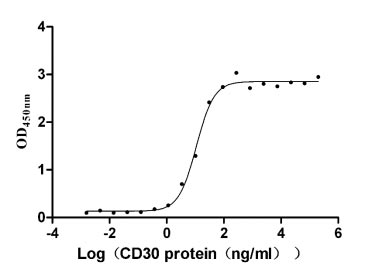
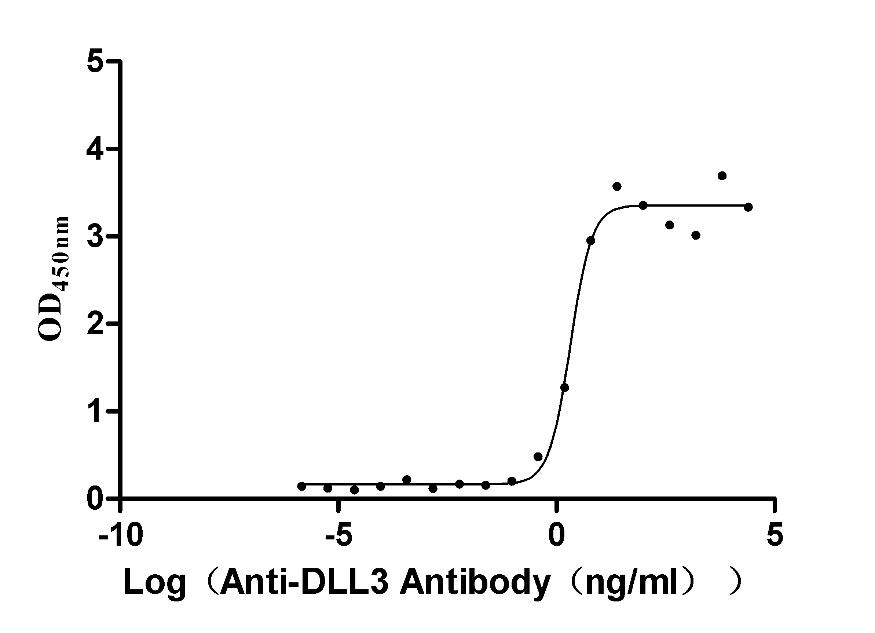
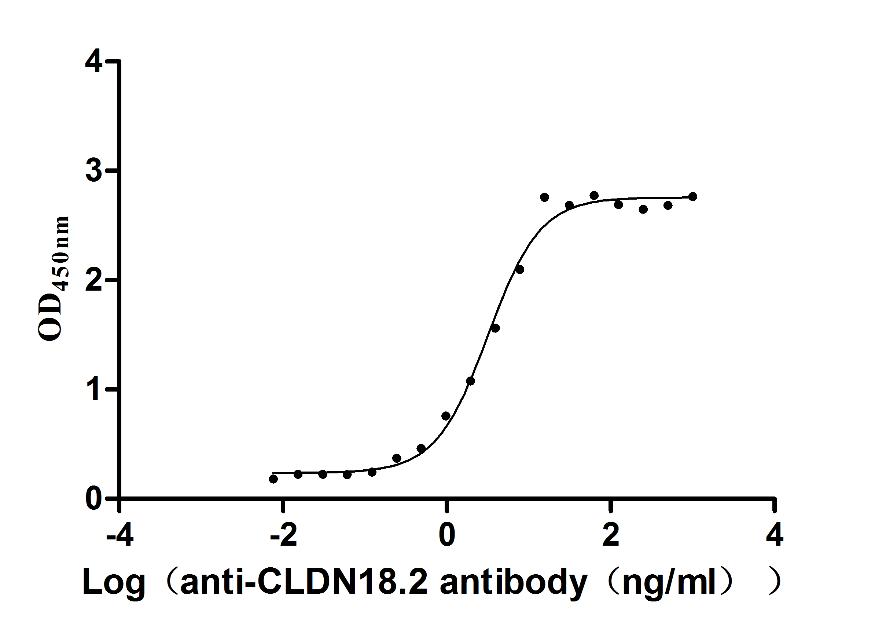
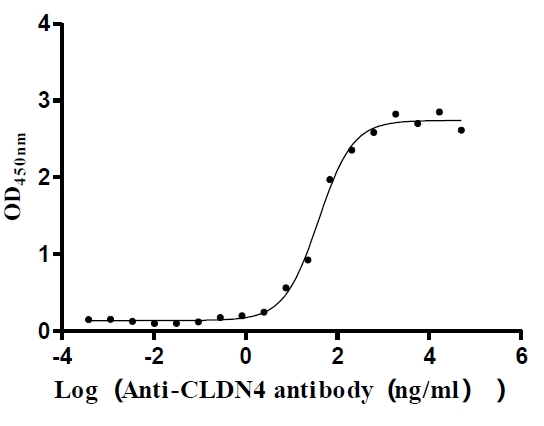
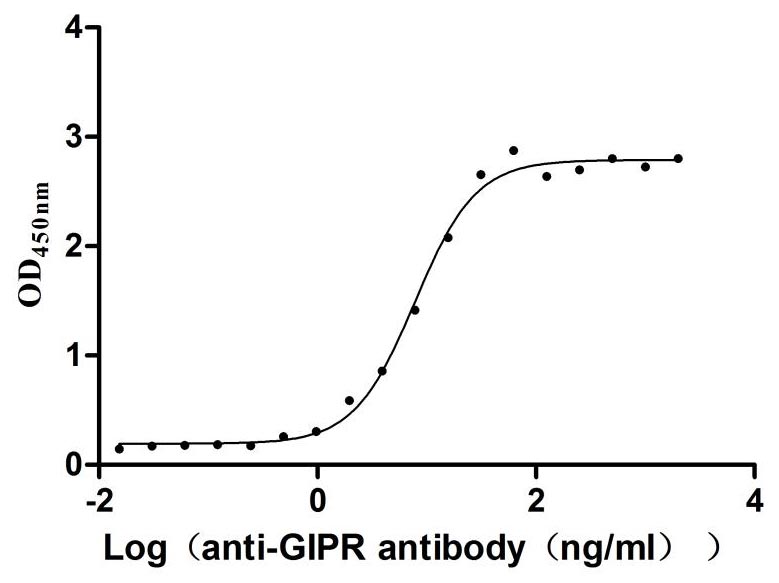
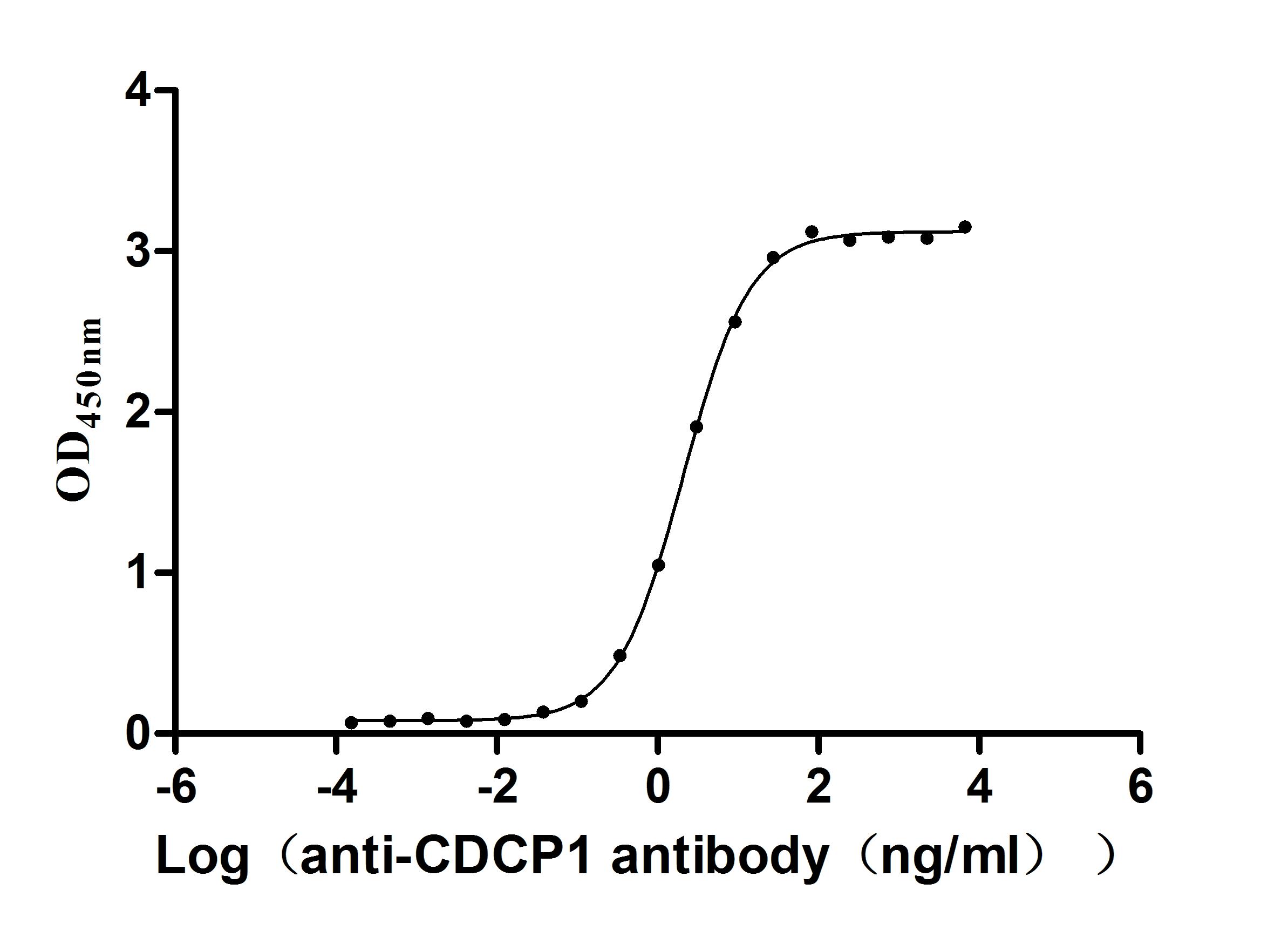
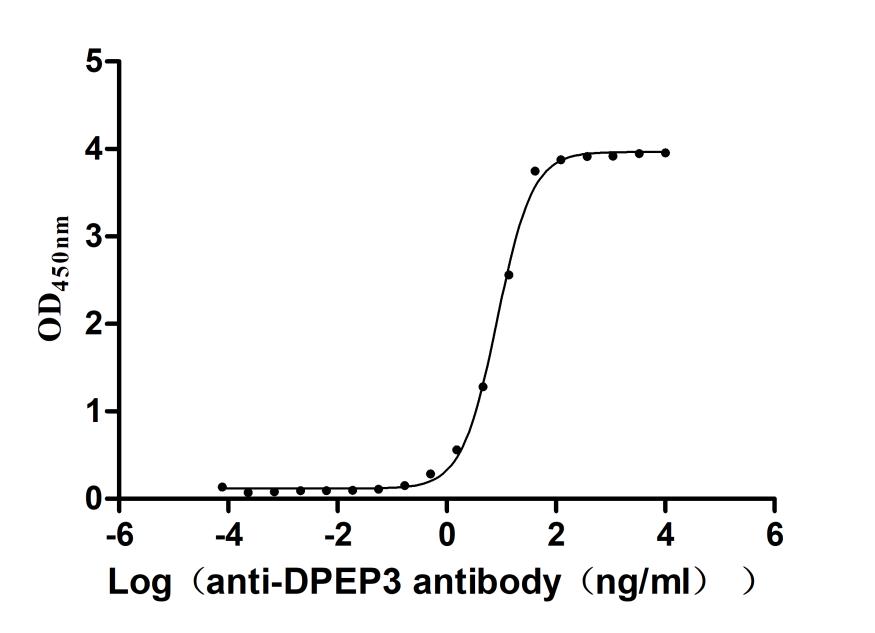
-AC1.jpg)









